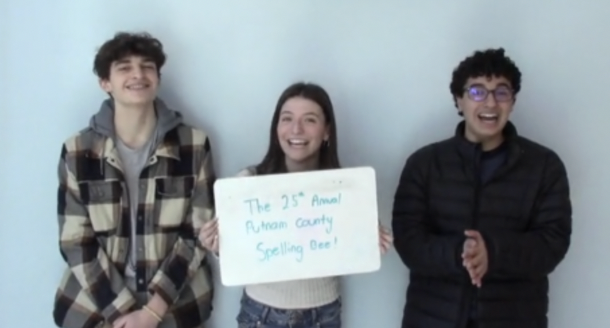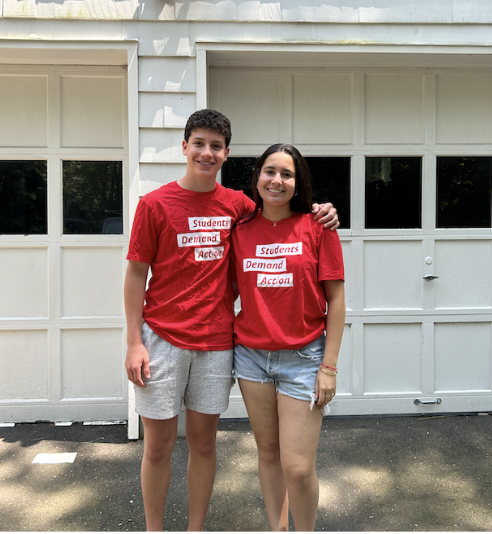Second semester for seniors has served as a field day; it has consisted of senior skip days, spirit week, “senioritis,” and added to the list, overheard whispers of warm vacation spots, alongside hotel dates, nearby restaurants, stores and scenic places to take pictures. However, the spontaneity, lack of structure and boundless nature of this trip are likely to leave the class feeling confused and uncommitted
At the end of the first semester, I was under the impression that the entire senior grade would be voting on a spring break location through an Instagram poll on the account Senior Superfans. Once a location was decided, dates would follow and there would be a system run by the senior superfans to keep track of attendance and places to stay.
I had also envisioned multiple different groups or cliques, each with one group leader responsible for keeping track of their whereabouts. This would serve as a more efficient way to check into hotels and participate in activities with smaller groups. Larger group activities could take place outdoors, in more public spaces like the beach.
However, this wasn’t the case. Uniting all 405 Staples High School seniors proved to be an overwhelming and impossible task.
Contrastingly, international schools like Caxton College in Puçol, Spain, have been able to take their senior trip to Formentera, a destination about five hours away by ferry. The trip was easily carried and more organized primarily due to the smaller grade sizes, often around 109 students. The experience had most grade 12 students act independently without teacher involvement, with each friend group planning their own itinerary and determining their transportation methods.
“Each person contributed to the cost of an Air BNB and other necessities, like splitting money on food. For the most part, students stayed within their own circles although bumping into classmates was frequent especially on nights out, allowing other groups to merge into each other’s Air bnb,” Leora Chapman ’25 said.
A senior trip to nearby islands like Block Island, Martha’s Vineyard, Nantucket or even Florida, has the potential to unite the class and build a community amongst one another. Considering the amount of time many of us have known each other, through middle school or as far back as lost friendships in kindergarten, traveling to a foreign country could test these relationships and even enhance them.
Without the structure and supervision of school and without the forced pressure to make friends in a confined classroom setting, friendships would naturally be challenged. How people respond to unexpected problems, moments of chaos or the need for organization could either strengthen bonds or expose the faults in them. At the same time, entirely new friendships would likely form, not because of seating charts or group projects but through spontaneous and unpredictable moments, like helping each other navigate a foreign city, sharing snacks at the airport or laughing over missed trains and wrong turns.
The trip could serve as a final experience before graduation and parting ways with those who have provided comfort in and those whose academic progression you have observed, allowing people to break out of their usual friend groups and indirectly forcing them to navigate the outside world beyond the town bubble.














































